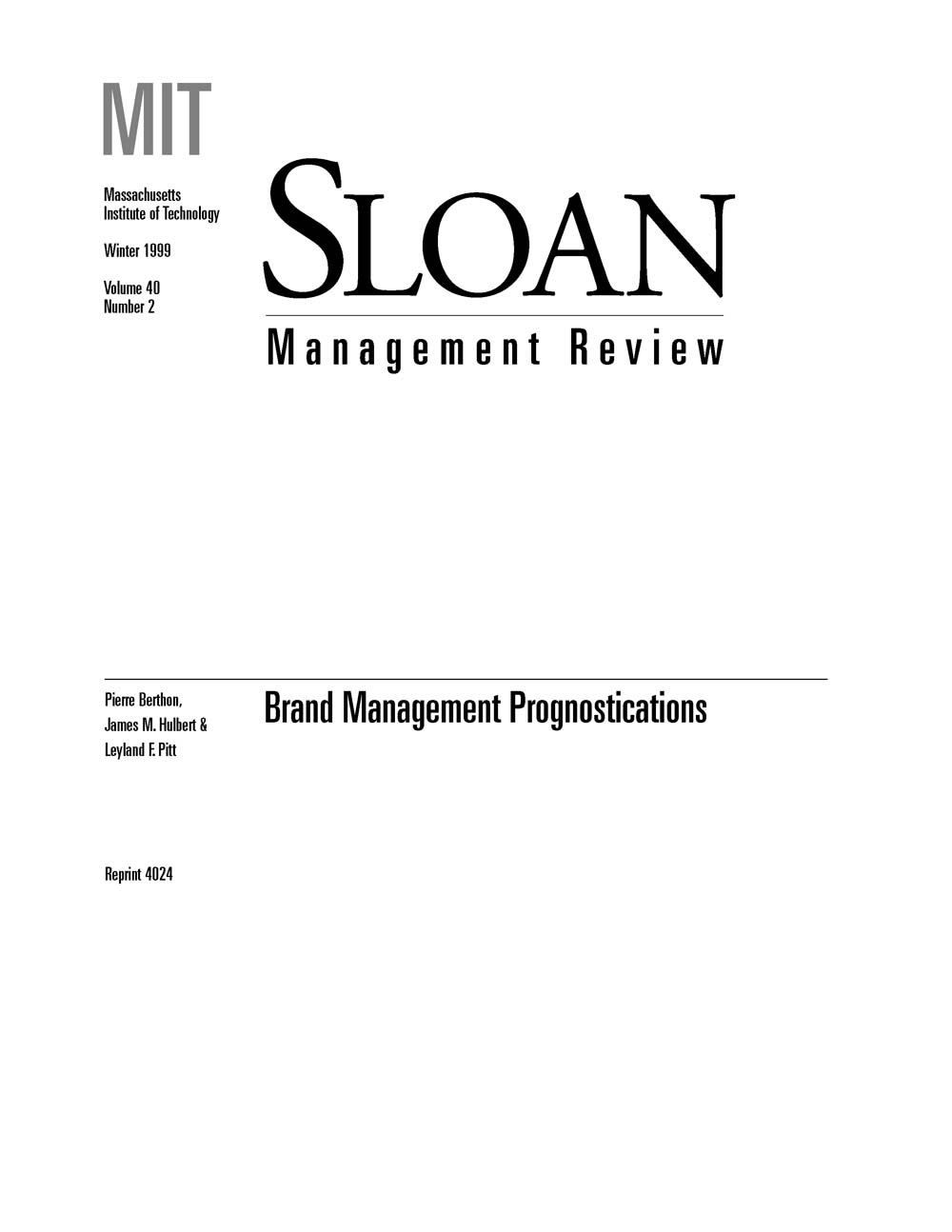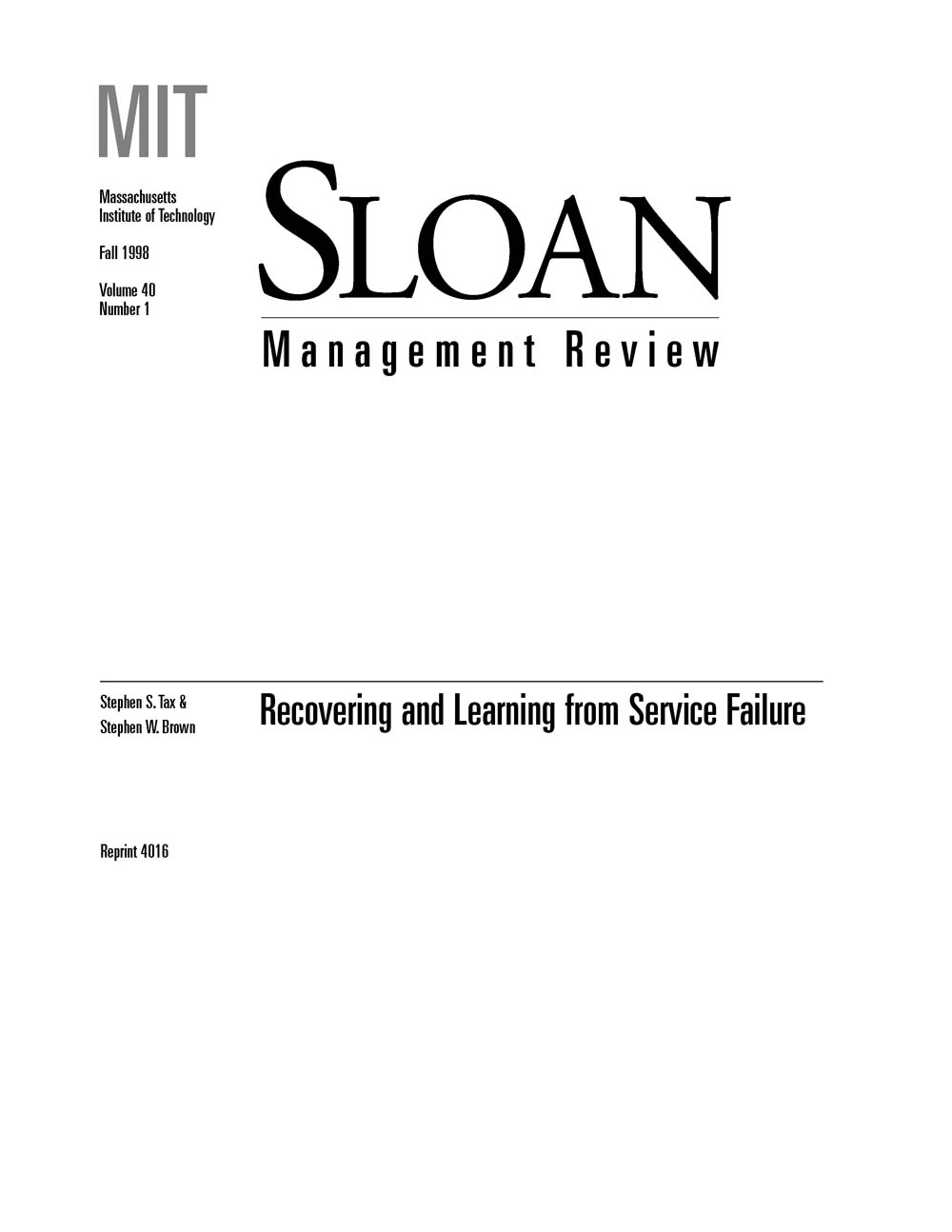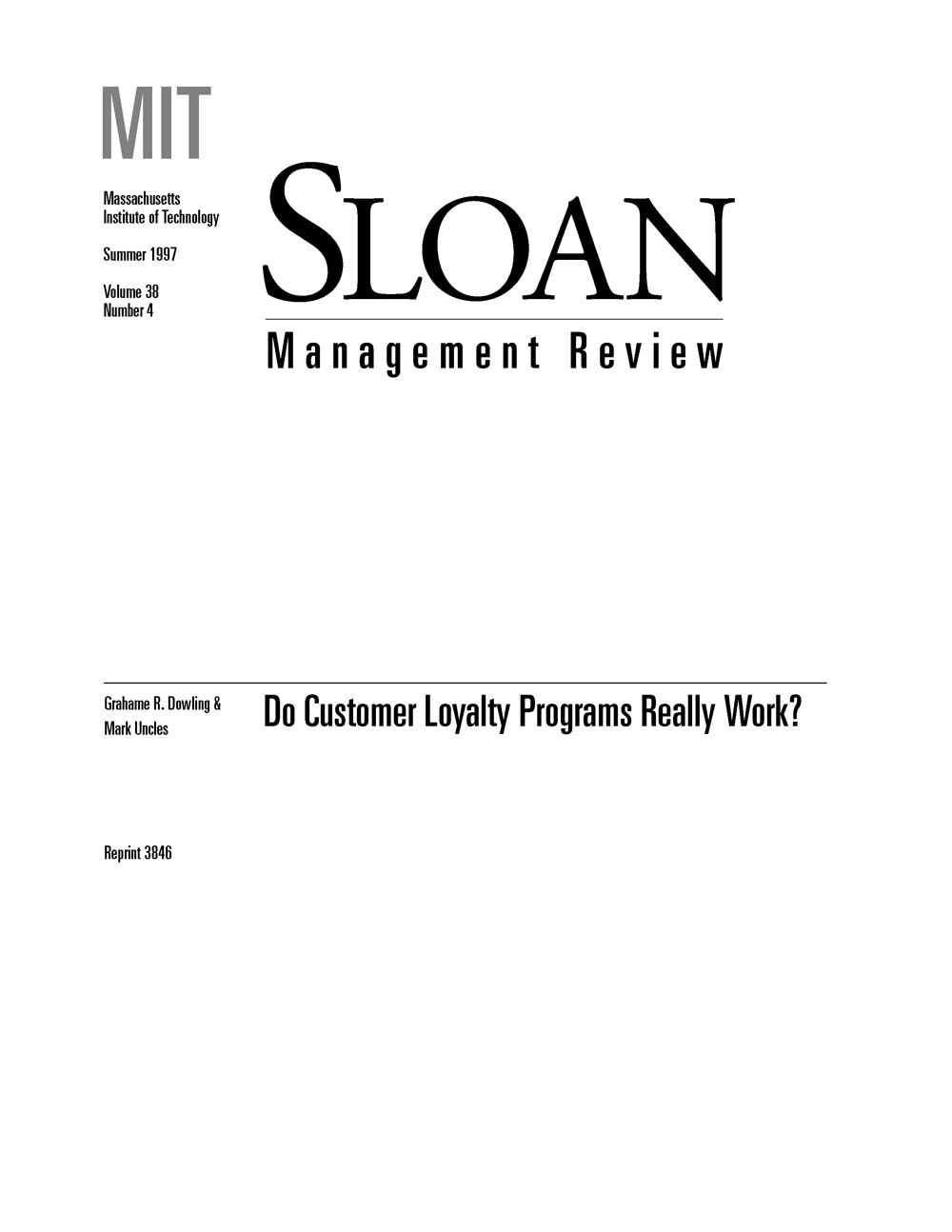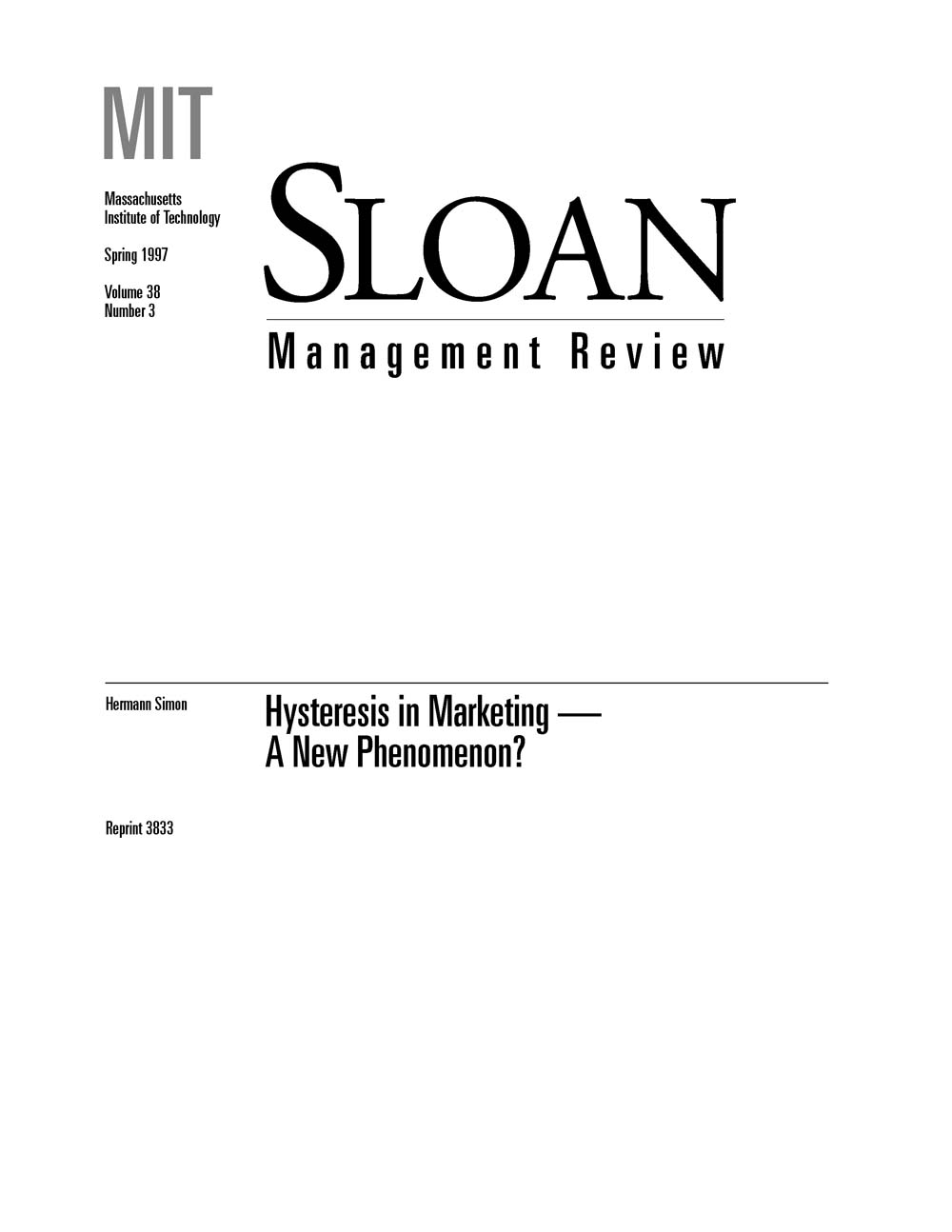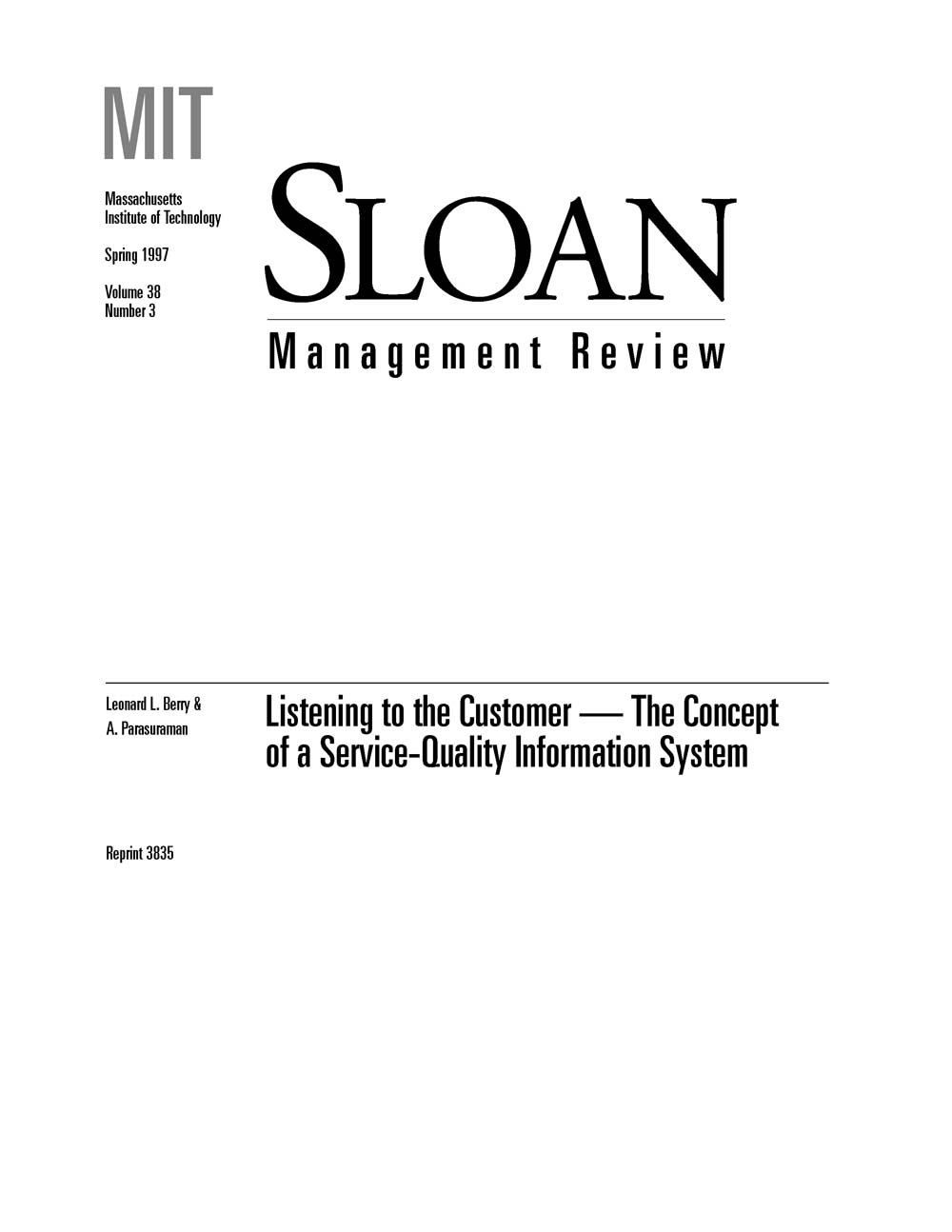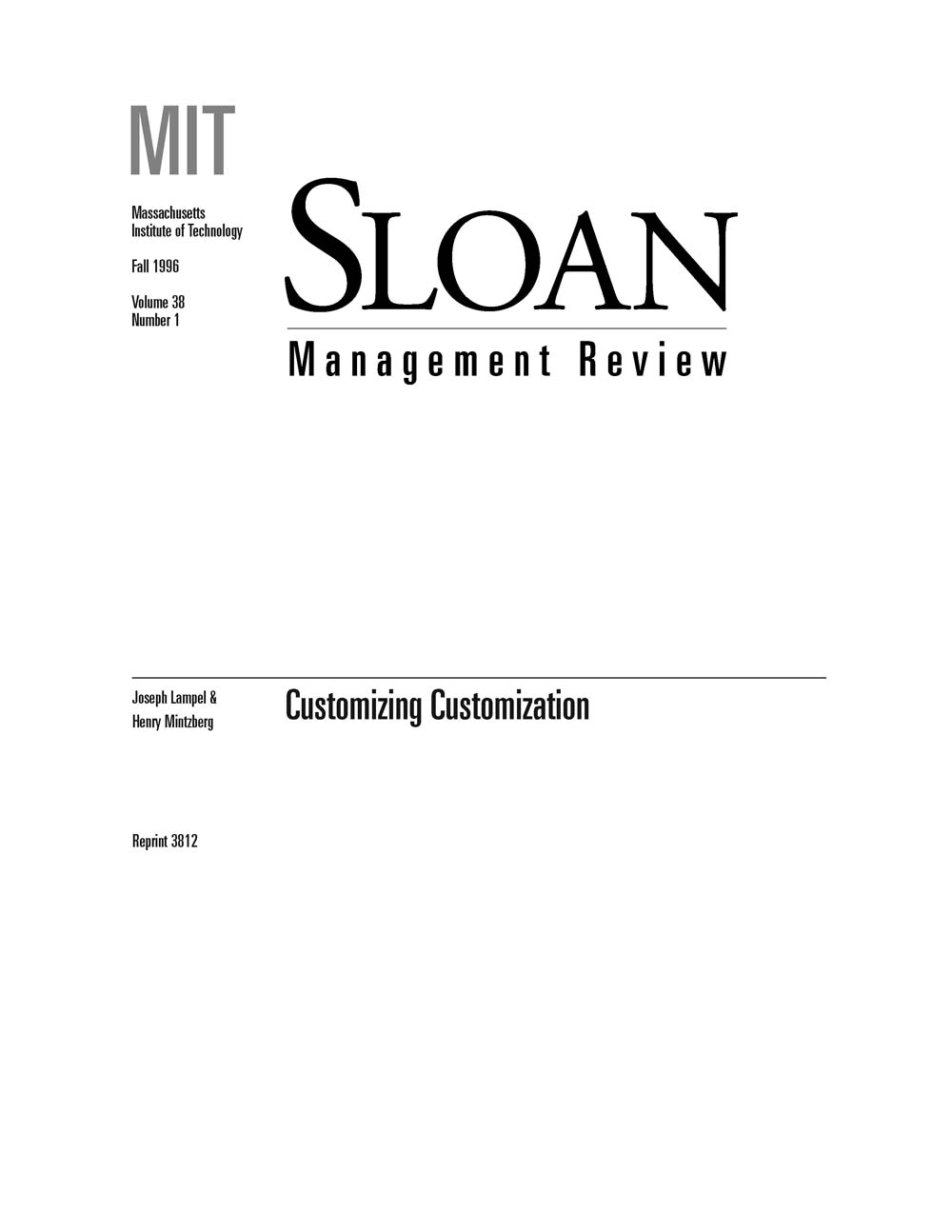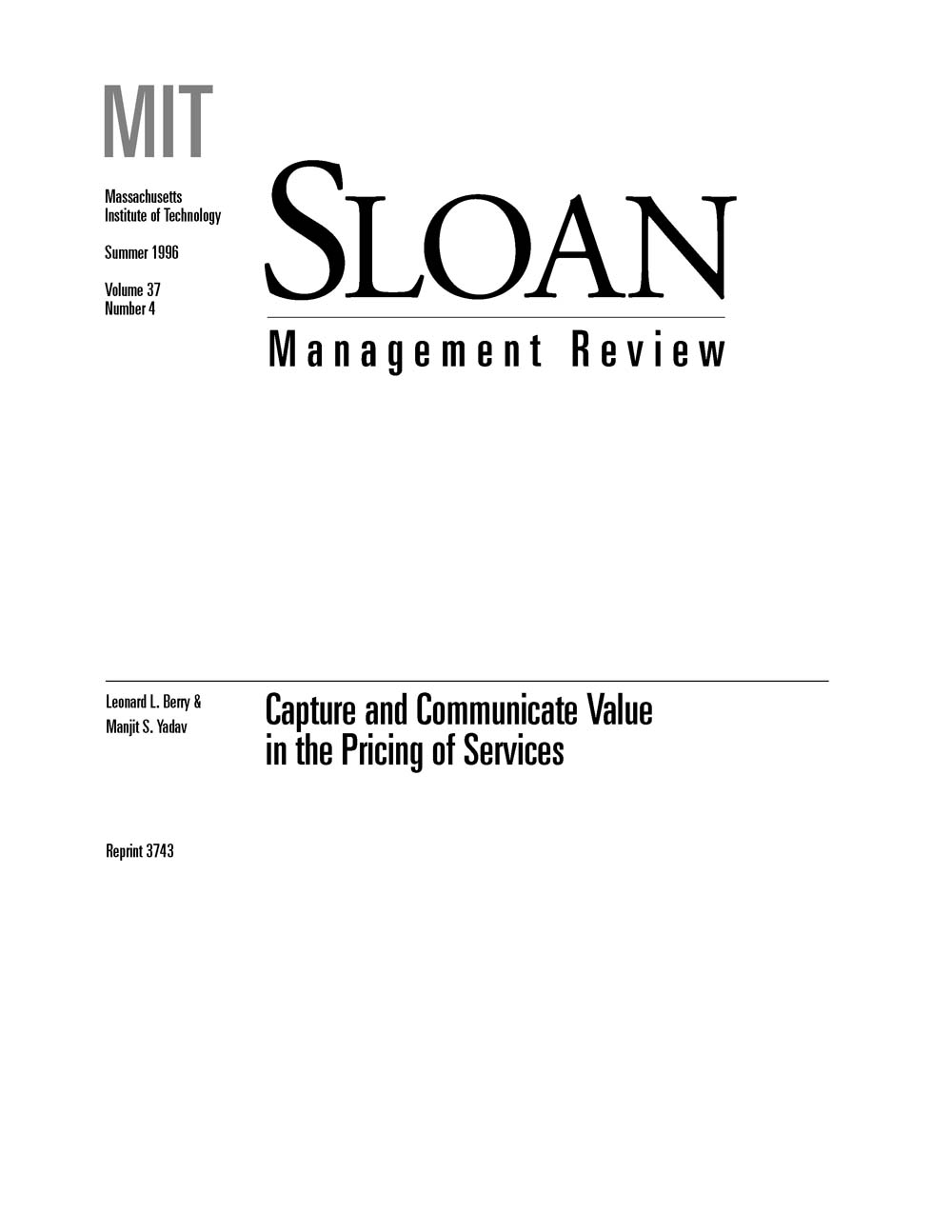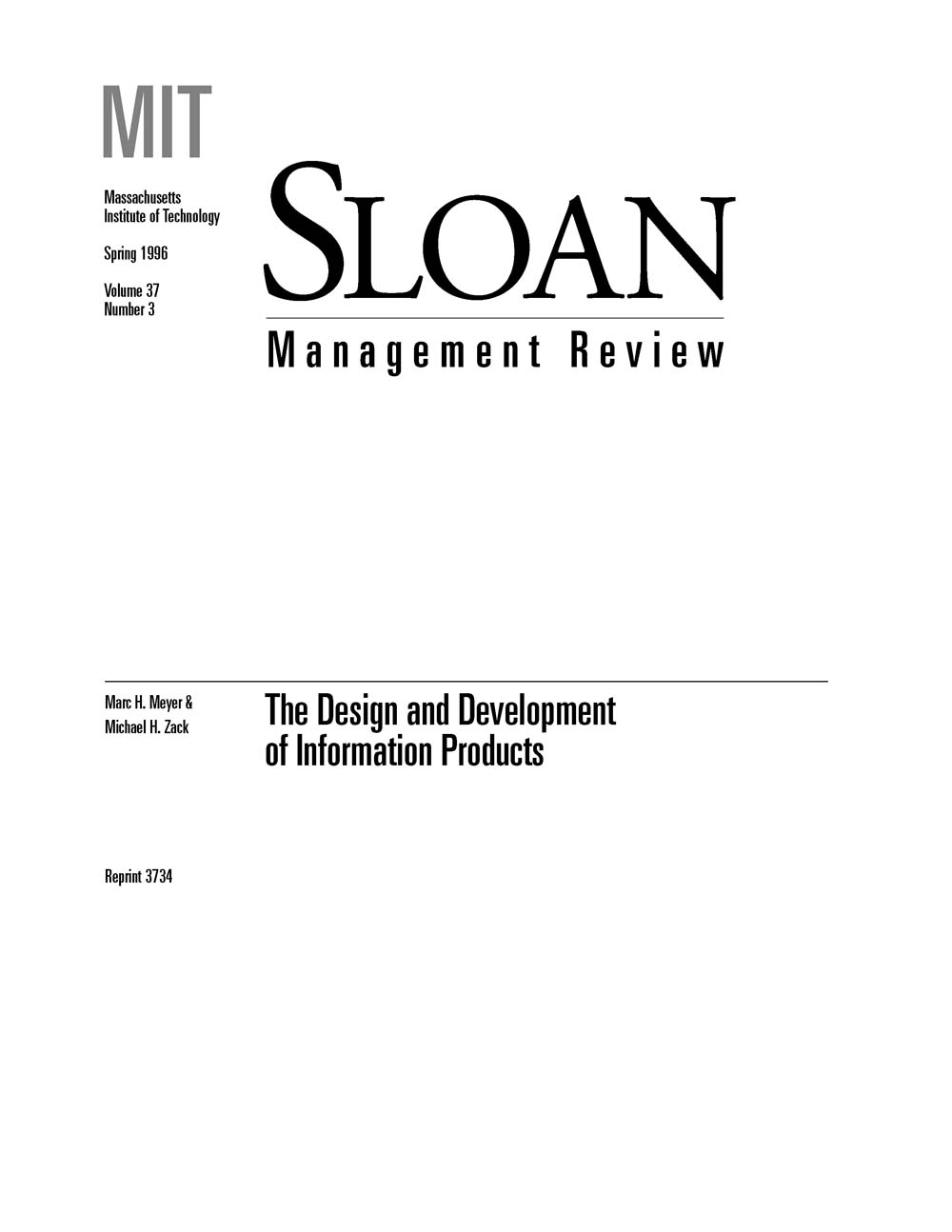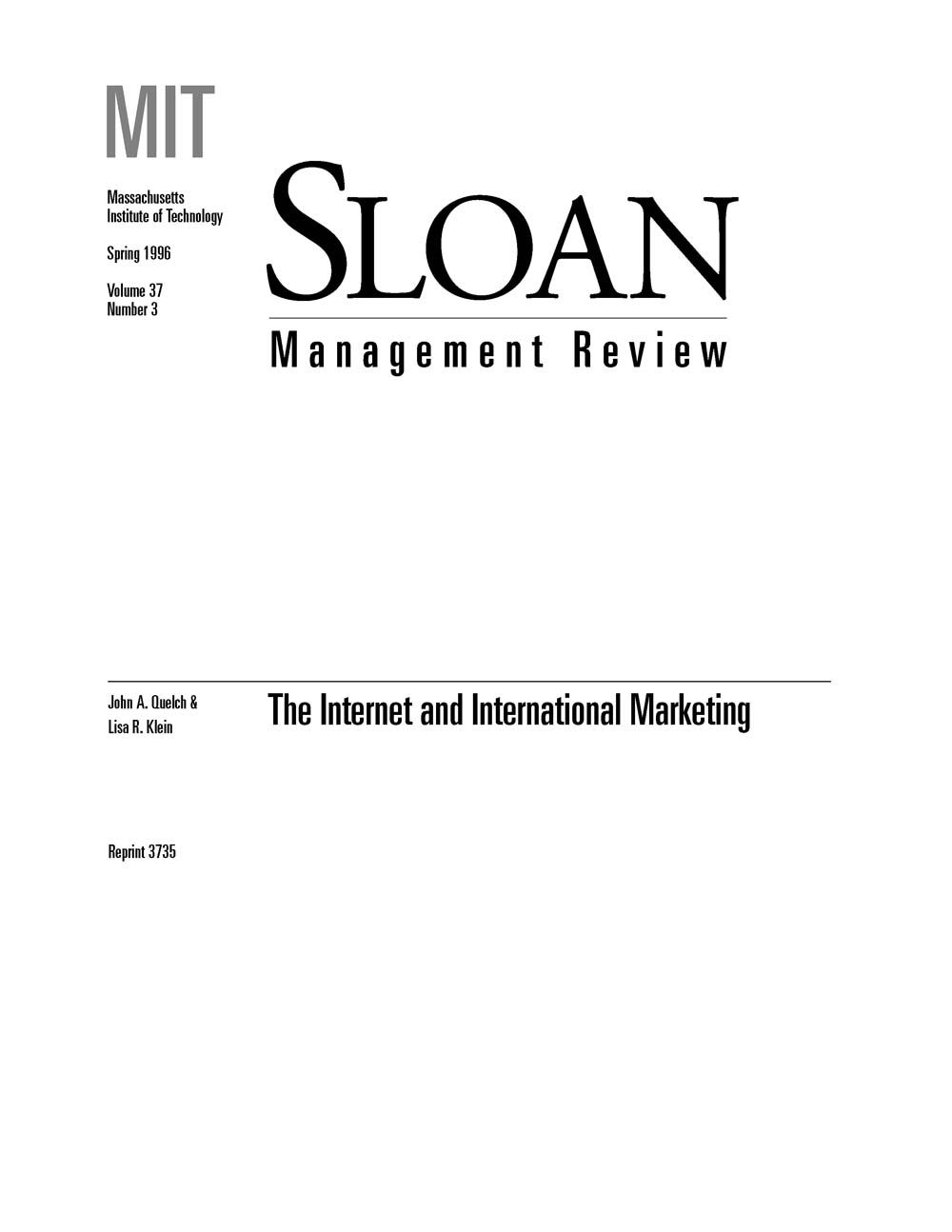The role of brands and the ways of managing brands are changing. The authors review how brands aid the buyer and seller and, by focusing on the customer-oriented functions of brands, offer insight into how brand management is evolving. Factors propelling changes in brand management include: 1. Information technology. By simplifying customer search and by enabling retailers to collect real-time information about individual shoppers, IT shifts power away from consumer goods manufacturers and their brand managers. 2. Maturing consumer values. Changing demographics ensure that future markets will consist of experienced buyers. Skeptical of superficial blandishments, they seek to understand the relationship between quality and price, aided in their search by technology. 3. Brand mimicry and brand extension. An abundance of copycat or extension products degrade the brand as a marketing tool, confounding a consumer's attempts to differentiate among products. 4. Autonomy of retailers. Trade concentration, exemplified by supermarket retailing, is shifting the "center of marketing gravity" to retailers who are managing for product category profitability. The authors propose three scenarios for the future of brand management: In Scenario 1, current trends continue. Copycat and brand-extension products diminish as pressure on all but the leading brands increases due to restricted shelf space. Companies emphasize "umbrella" branding at the corporate and product-family levels; brand managers begin working on cross-functional teams organized around categories or processes. Scenario 2 is at least partially in place in some companies. Simplified brand and organizational structures focus on trade customers with whom manufacturers develop joint strategies. Scenario 3 differs radically from the past. By using increasingly economical, IT-based techniques, firms identify customers individually, enabling them to organize and manage customers rather than brands or products. The key lesson is that managers should focus on the dynamically evolving functional patterns of brands rather than on the brands themselves.
Marketing P. 9
Page 20 of 21
-
Recovering and Learning from Service Failure
Is your company doing its best to address customer complaints and learn from mistakes?
-
Do Customer Loyalty Programs Really Work?
Loyalty programs must enhance the overall value of the product or service and motivate buyers to make their next purchase.
-
Hysteresis in Marketing -- A New Phenomenon?
When a cigarette company lowered its price per pack, its sales exploded. Even after competitors retaliated by cutting prices, the market shares stayed the same. After a pharmaceutical company set its prices above the government-established reimbursement amount, it lost ten market share points. Three weeks later, management cut the price to the reimbursement level. The company never regained market share, despite the lowered price. The marketing effect in both these cases, says Simon, is hysteresis, a phenomenon in which a temporary change in one factor causes a permanent change in another. It can work positively, so that sales remain at a higher level despite competitors' responses. Or it can work negatively, so that the lost sales position is never recovered. From five case studies and a survey of executives, Simon determined that hysteresis not only occurs in marketing but has managerial implications. In each case -- West Cigarette, Sigma Pharmaceutical, Ehrmann Dessert, Southwest Airlines, and Wodka Gorbatschow -- he found evidence of permanent change in sales or market share that resulted from a temporary change in marketing stimuli. Factors such as public attention, press coverage, and, most importantly, price changes combined to create the hysteresis phenomenon. Simon reaches several conclusions: a strong shock in marketing stimuli or an unusual situation produces hysteresis; changes in several marketing instruments combine to cause hysteresis; price drives the phenomenon, while advertising alone is unlikely to generate it; an innovative use of a marketing variable may lead to hysteresis; and a delayed reaction by competitors may raise the probability that hysteresis will occur. Can managers control hysteresis in marketing? According to Simon, while companies cannot fully plan for it, they must be aware of the conditions that foster it. They can spot favorable conditions early and take an unusual innovative action to surprise the competition. Managers can also prevent a company from being a victim of hysteresis by monitoring the market so they can react quickly. The pharmaceutical company waited too long to lower its prices; after one month, negative hysteresis had already occurred.
-
Listening to the Customer -- The Concept of a Service-Quality Information System
Feedback from customers is vital to companies in their efforts to improve service. But companies must ensure that they have multiple perspectives from different customer groups. The authors advocate a listening system that uses many research approaches in combination to capture, organize, and disseminate information. Four in particular are essential: transactional surveys; customer complaint, comment, and inquiry capture; total market surveys; and employee surveys. The five elements of the service-quality information system are: 1. Measure service expectations. Companies frequently measure only customers' service perceptions, when they should be including their expectations about level of service, both what they desire and what they deem adequate. Expectations provide a frame of reference when considering customers' perception ratings. 2. Emphasize information quality. In evaluating information, companies should ask if it is relevant, precise, useful, in context, credible, understandable, and timely. 3. Capture customers' words. The system should include both quantitative and qualitative databases. Quantified data are more meaningful when combined with customers' verbatim comments and videotapes. 4. Link service performance to business results. What impact does service performance have on business results? Companies need to calculate lost revenue due to dissatisfied customers, measure customers' repurchases, and gauge the relationship between customer loyalty and propensity to switch. 5. Reach every employee. Companies should disseminate customer feedback to all employees. They are decision makers who affect the quality of service at all levels. Berry and Parasuraman suggest that managers need to make listening to customers a habit and find ways to personally hear customer feedback. Only then can they make decisions to improve service.
-
Ambush Marketing -- A Threat to Corporate Sponsorship
While few of us can miss the evidence of company sponsorship at sports events like the Olympics or World Cup Soccer, how many can recognize which were the legitimate sponsors and which were competitors "ambushing" the effectiveness of the sponsor's message? Meenaghan traces the recent growth in corporate sponsorship of various sporting events as a marketing tool and elaborates on some of the complexities of gaining sponsorship rights. He reflects on some of the benefits that accrue to the sponsor, such as audience perceptions of patriotism, adventure, and quality. Those benefits may be diluted, however, by ambush marketers that associate with major events without securing rights. For example, in the 1984 Olympics, Fuji was the worldwide sponsor, but Kodak became a sponsor of the ABC television broadcasts and the official film of the U.S. track team, thereby directing attention away from Fuji. Other examples abound, as ambushers create confusion in consumers' minds about who the "official" sponsor really is. Meenaghan addresses the legality and ethics of ambushing. Frequently, ambushers do nothing illegal and do not use official logos or trademarks, but merely imply association with an event. Sponsors' only recourse may be to purchase all the rights to an event, including broadcast rights. Ethical issues are harder to define; does using an image of downhill skiing, for instance, imply sponsorship of the Winter Olympics? Meenaghan offers strategies for protecting against ambushers, particularly on the part of event owners. The International Olympic Committee's anti-ambush program protects all emblems, marks, and symbols and enjoins any city sponsoring the event to protect those symbols as well. In the end, awareness of the possibilities of ambushing is probably the sponsor's best protection.
-
Customizing Customization
The move from standardization to customization may not be toward pure customization, but what the authors call "customized standardization." Lampel and Mintzberg recount the development of standardized product design, sales, and delivery, starting in 1916. Management thinkers at the time warned against the proliferation of products and against efforts to satisfy customers' needs. Now that new technologies have created more possibilities for custom-tailored products, industries may have gone too far. No one wants to choose among eighty-seven varieties of steering wheels, for instance. The result, according to the authors, is a continuum of strategies, depending on which functions lean to standardization and which to customization. A manufacturing firm, for example, may standardize production but customize delivery or financing. The authors see five categories along their continuum. In pure standardization, there is a dominant design, such as Ford's black Model T, targeted to a broad group of customers. In segmented standardization, products are standardized within a narrow range of features, e.g., cereal brands. Customized standardization implies customized assembly but standardized fabrication, such as a hamburger chain that allows customers to specify preferred condiments. In tailored customization, a product prototype is adapted to a customer's wishes, as a suit is tailored to a customer, but customization does not enter the design process. In pure customization, however, customization reaches all the way to the design, as custom jewelry is made to customer specifications. The authors go on to classify certain industries along the continuum to show how companies adopt the five strategies in practice. Mass industries, like gasoline, tend to lean toward the pure standardization end of the continuum, while agent industries, such as health care, may combine standardized financial transactions with customized medical procedures. Lampel and Mintzberg point out that a dominant trend is toward the middle - customized standardization. They suggest that as firms settle midway between standardization and customization, we will all lose choice as we settle for a package of standardized components.
-
Capture and Communicate Value in the Pricing of Services
Widespread pricing mismanagement plagues service industries because too many services marketers ignore the special challenges of pricing intangible products. The authors discuss the implications of this kind of pricing in today's highly competitive conditions and offer a framework that reconciles the implications with customers' quest for value. Three distinct but related strategies for services pricing -- satisfaction-based pricing, relationship pricing, and efficiency pricing -- can help services marketers capture and communicate value through their pricing.
-
The Design and Development of Information Products
Companies that produce information in printed or electronic form can learn much from research on physical products, including the development of product and process platforms to enhance design and development. The authors provide a framework for the architecture of information products and apply it to two companies that are creating competitive advantage by refining information through product and process technologies. The authors also consider ways that companies can design information products in the future to focus on customers' implied needs and to take advantage of new interactive technologies.
-
The Internet and International Marketing
Is the Internet just another marketing channel like direct mail or home shopping? Or will it revolutionize global marketing? Will large multinationals lose the advantages of size, while small start-ups leverage the technology and be-come big players internationally? The authors discuss the different opportunities and chal-lenges that the Internet offers to large and small companies worldwide. They examine the impact on global markets and new product development, the advantages of an intranet for large corporations, and the need for foreign government support and cooperation.



